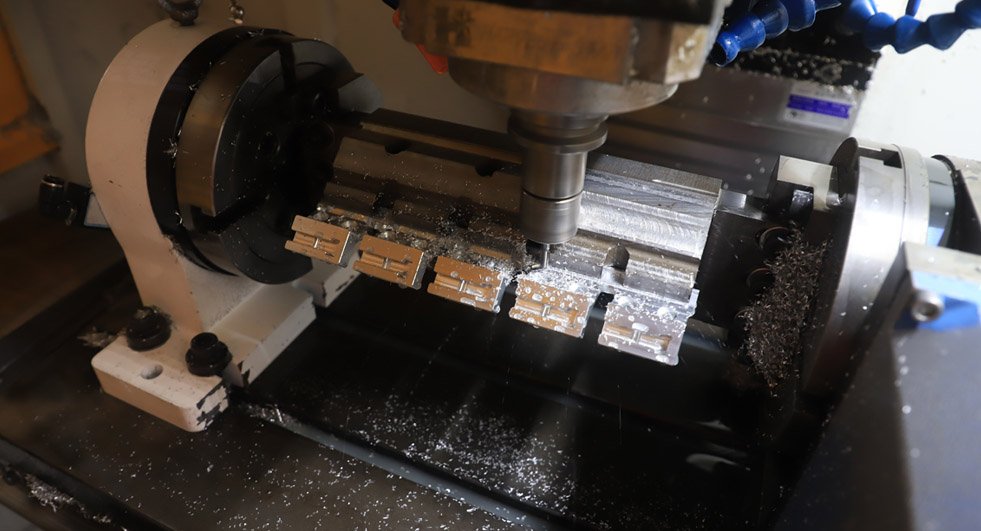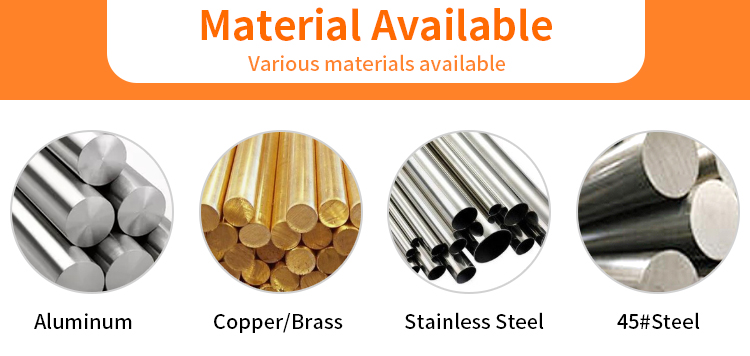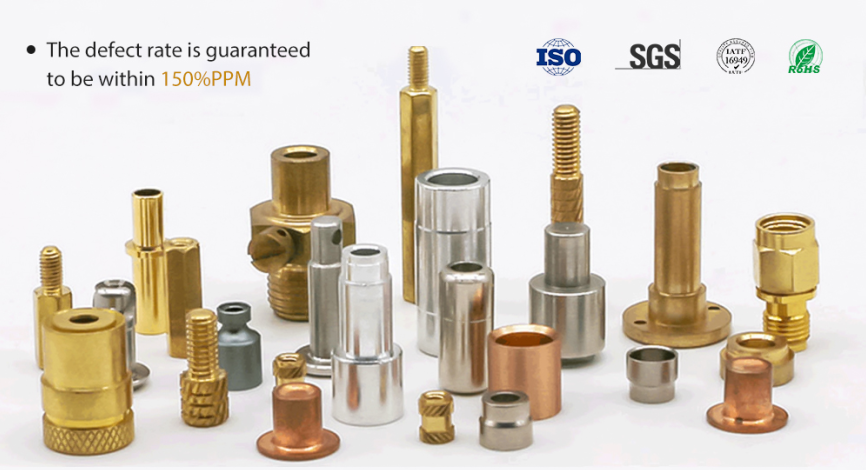What is CNC Milling?
CNC milling is a machining process that uses computer control and cutting tools to selectively remove material from a workpiece and produce custom-designed parts. A CNC milling machine has a table that automatically moves (or rotates) the workpiece in different planes so that the tool can work on it.
Unlike manual lathes, CNC milling operates by converting a 3D CAD model into a set of computer instructions, which are then used to automatically dictate the motion and motion of the tool.

What are the advantages of CNC milling?
1. Accuracy
One of the greatest advantages of using CNC milling machines is that they can CNC machine parts exactly to specification. Because CNC mills rely on computer instructions to create parts, they eliminate the possibility of human error common with manually operated machines. This means you can accurately create complex parts while achieving tolerances of 0.004 mm.
2. Fast and efficient
Traditional milling machines typically require operators to manually change cutting tools depending on the cutting operation to be performed. Not only is this time consuming, it is also inefficient since the end result is based on the judgment of the operator. A CNC mill has a rotating carousel that can hold up to 30 different tools. These tools are automatically changed on the spindle during machining operations, allowing cutting operations to be performed quickly and efficiently. With a CNC mill, you can have parts ready in hours that could take days (or weeks) with traditional methods.
3. Wide selection of materials
CNC milling is compatible with a wide variety of materials, including plastics, metals, and composites. CNC milling is no problem as long as you have blocks of material.

4. Affordability
We could talk about precision, speed, and tons of other advantages all day long, but there’s nothing like affordability, especially for businesses looking to rely on third-party manufacturers. CNC milling is one of the most affordable modern manufacturing processes. In fact, CNC milled parts cost less than comparable 3D printed parts.
What are the disadvantages of CNC milling?
1. More material waste in CNC milling
CNC milling is a method of subtractive manufacturing – it starts with a block of material and then cuts away portions of it to form a finished part. Therefore, more material is wasted in CNC milling than in additive manufacturing processes such as 3D printing.
2 Not enough qualified technicians
Although nearly the entire milling process is automated, CNC milling still requires a trained engineer or technician to program, calculate requirements, and supervise the milling machine in order to consistently produce high-quality parts.
Not that many machine shops can have highly qualified CNC mill operators. Hence the many horror stories about low quality CNC machined parts.
What are the applications of CNC milling?
Due to the high precision offered by CNC technology, CNC milling is used in a wide variety of industries, including aerospace, medical, and electronics.
In the aerospace industry, they are used to make manifolds, bushings, and landing gear parts.

The medical industry relies heavily on CNC milling to manufacture prosthetics, medical devices, and other FDA-approved medical devices. Additionally, CNC milling is used to manufacture heat sinks, amplifier housings, and other electronic parts used in the electronics industry.
Additionally, CNC milling plays a vital role in the functioning of other modern manufacturing techniques. For example, the high-precision copper mold patterns and cavities used in the injection molding process are often created using CNC milling.

The above are the advantages of CNC milling services, I hope to help you.
Source:Advantages of CNC Milling